Moving (back) to a Static website, and retaking rank 1 for my name
2020-08-29{{TOC}}
The Sad state of the Internet of Text
I have a strong disdain for slow websites. The web has gotten to a point where to read 800 words; you need to transfer multiple megabytes of data and, in many cases, make 100+ Network calls.
Here are some examples of ignorance and abuse
1000 Words, a news media site

500 words, a new media site

500 words, a blogging platform

600 words, a FAANG company's blog (8 MB is a gif from another post in the "Related" stories section 🤦♂️)

My Blog was at fault too.
I was unhappy with my own Wordpress hosted blog.

Part of the ballooning of requests was due to me embedding tweets. Which I could fix easily, but I was largly unhappy with the performance.
It is not that I dislike WordPress, products like WordPress and Webflow are enablers for non-developers to build powerful websites and express themselves. I have been a Webflow proponent since 2015 and am a user myself for StitchIQ.
[Action Required]
I decided to move back to hosting my blog on a static site, something I had done in the past by rolling my own static site builder and using Hugo before that. But this time, after a lot of searching, I decided to join the Eleventy bandwagon and move to Netlify as a hosting service. I will detail out why in future posts.
Hope for creativity by constraints
With this move, I also decided to constrain myself with some rules, in the hope I would get creative and make the site more performant and give the reader a better experience.
Constraints
No JS or CSS from a 3rd party domain, or from a request I did not make
I do use a 3rd party analytics service, Plausibe.io; they are a privacy-aware lightweight Analytics tool, which allows me to serve the JS via my own domain. This is the only JS I am serving unless I am embedding some content.
I am not using any 3rd party CSS framework either; the web has come a long way from the days bootstrap was needed for a responsive website. Flexbox and Grid give you all the necessary capabilities out of the box. As a result, I have a hand-coded 3KB CSS file.
Static Website
A blog does not have any dynamic content; its only job is to display text. I don't need a WYSIWYG editor, which then creates the need to have a database and an authentication layer. Having both adds security anxiety.
A blog with an average of 500 words a page does not need either.
Keep Assets sizes low
Using large images on a blog is disrespecting users. Why your blog needs to have an 8MB gif is beyond me
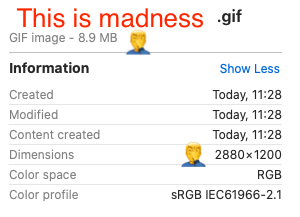
I even ranted about it on Twitter, where I mentioned some tips on optimizing images
The tips are simple
- Keep width under 1920 Pixels
- Use an image optimization tool like imageoptim.
Jusing ImageOptim for this post resulted in a saving of 70%
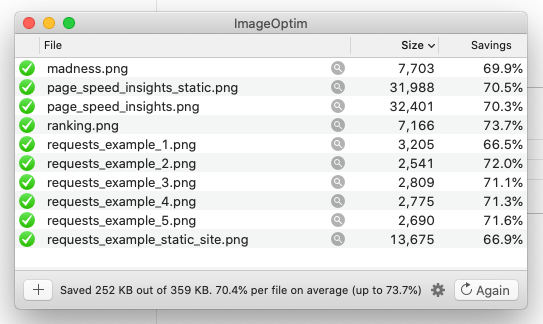
Results
Network Performance
By moving to a static website, I went from 68 Requests and 3.2 MB of resources to 6 requests and 446 KB of resources, of which 424 KB is a single image, making the site faster.
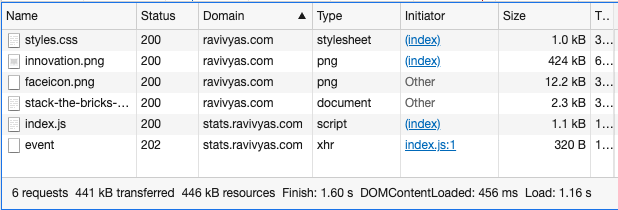
Page Speed insights
This increase in speed improved the performance of the site. Below are page speed insights scores for a post with 6 images (1.4 MB)
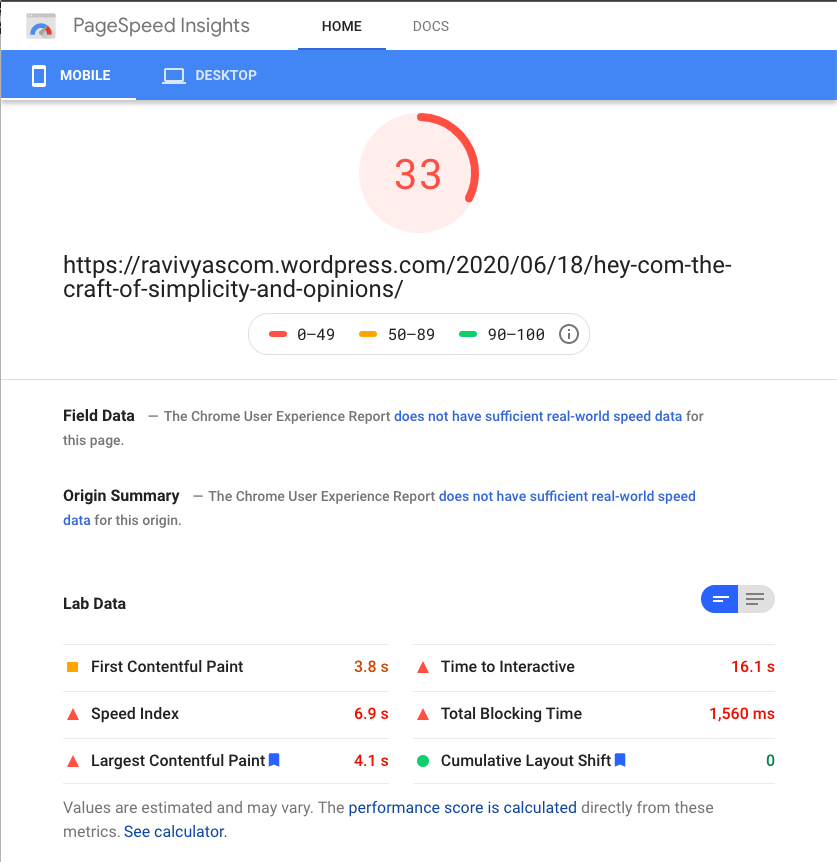
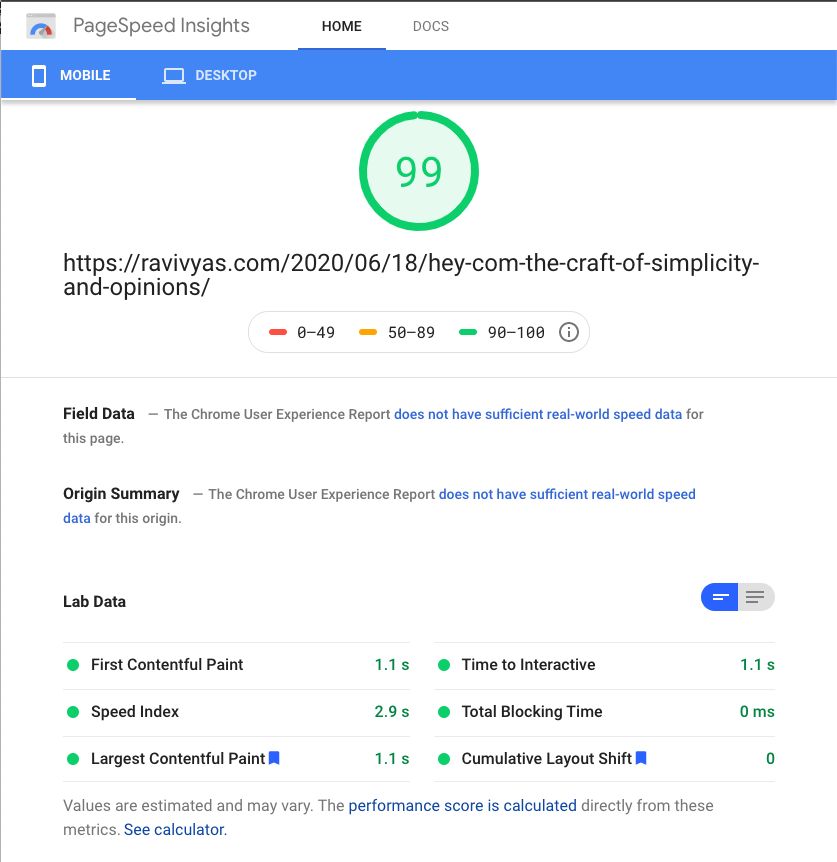
Ranking
Improving the speed also helped me rank higher for my name. I went from ranking 4 or 5 to rank 1 on Google. My average rank is now two or lower.

I did change the content of my home page, it moved from being a list of blogs to an about page, but I was never at rank 1 for the same setup when I was on WordPress.
Why the about page? If someone searches for "ravi vyas", they want to know more about me, not what I have recently posts.